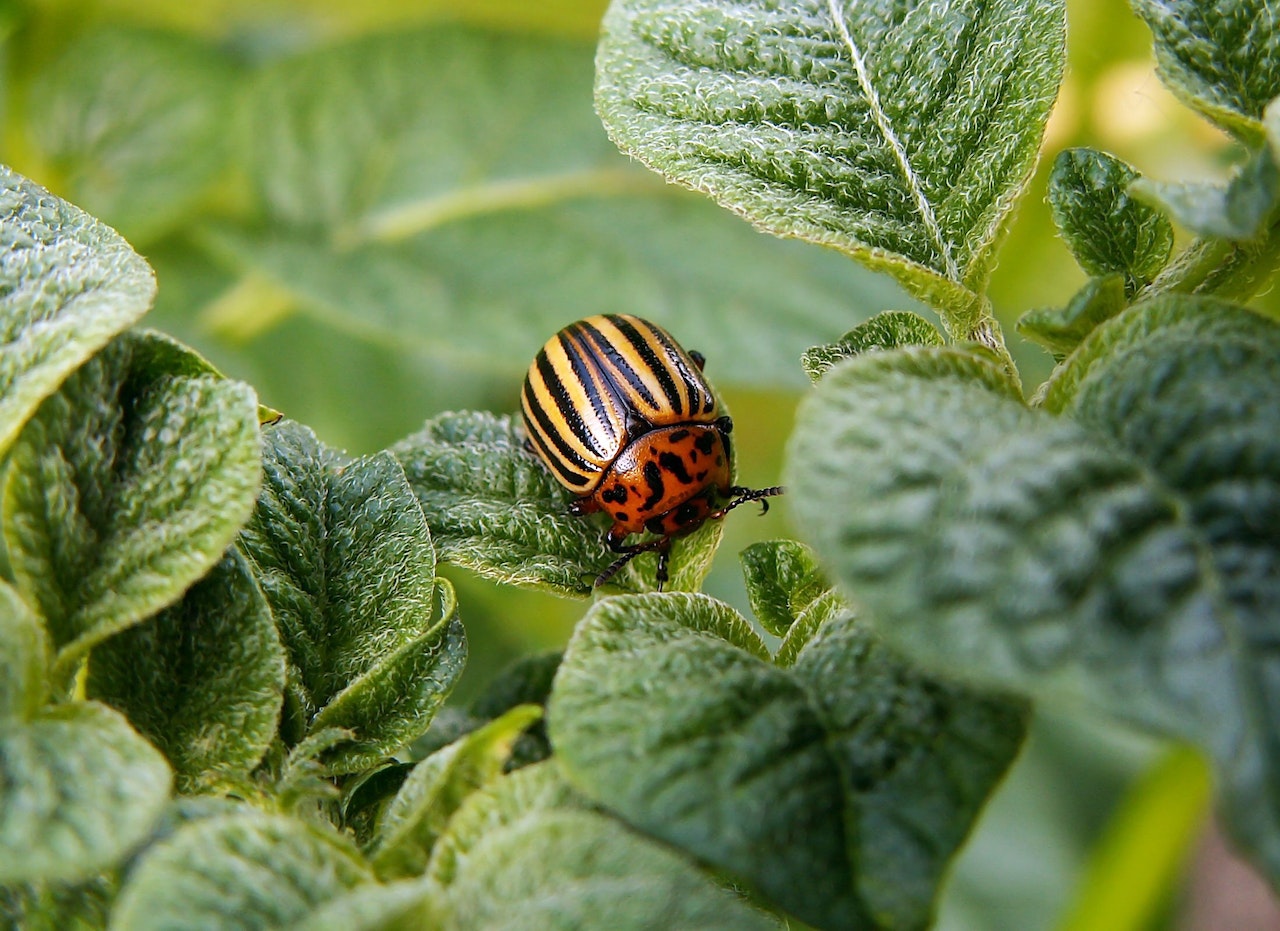From the article «Fungi as biological control agents of arthropods of agricultural and medical importance», from R. A. Hall and B. Papierok, published in Parasitology
There are many species of fungi attacking terrestrial and aquatic insects of agricultural and medical importance. Of these, few species have received much attention with a view to their use as biological control agents.
The mechanisms of infection have been comparatively well studied, although many questions remain to be answered. Temperature, above all relative humidity, and their interactions are the most important physical factors influencing infection of terrestrial insects by entomopathogenic fungi and these are discussed in relation to epizootiological events.
In aquatic environments, temperature, salinity and organic pollution are the important factors. In addition to these physical factors, numerous biotic factors at the level of the insect and the fungal pathogen influence both infection and spread of disease in insect populations.

The complexity of the interactions of the biotic and abiotic factors makes it extremely difficult to study the influence of any one of these. In the report, virulence of fungal pathogens and its measurement are discussed, together with the shortcomings of present bioassay systems.
Finally, the achievements of fungal control of insects in the field are reviewed. Thus far, several species are mass-produced and are in widespread use, two of which, Verticillium lecanii and Hirsutella thompsonii, have been commercialized.
+ You can obtain these products in our commertial pages: http://www.mediterraneadeagroquimicos.cat/Bio/Bioang.htm

